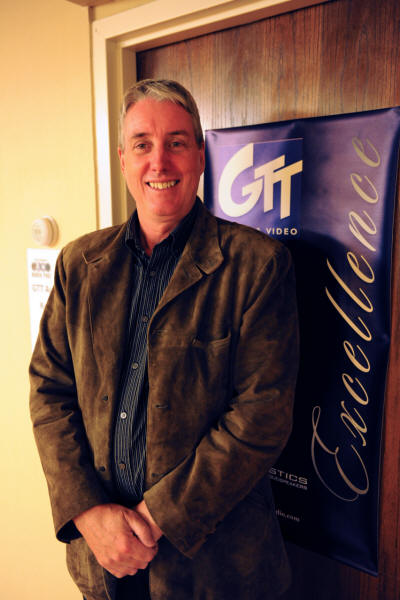|
You are reading the older HTML site
Positive Feedback ISSUE 64
Tenor Inc. Design Philosophy
Jim Fairhead of Tenor Inc. In the late 1990's, Tenor began an ambitious research & development project to better understand high end audio performance. Technical specifications and measurements simply did not explain why the musical performance rendered by various noteworthy brands failed to render a convincing live musical event. Intensive analysis and subjective listening of both live and recorded material in numerous systems persuaded us that the musicality of an amplifier could not be determined by conventional wisdom alone. To build a more convincing musical amplifier, Tenor would have to pioneer new technology. Virtually every amplifier in existence today is designed to reproduce a static sine wave or square wave with the following characteristics:
Unfortunately this "ideal" situation is far from the reality of a musical signal. Music is a very complex signal, where a multitude of frequencies—each with their own delicate harmonic content in constant change of amplitude and time—is played into the ever-changing load of a typical loudspeaker. These changes can be relatively slow or very fast, and all of this happens simultaneously or in combination. As one can imagine, it is not at all like a steady sine wave @1KHz, or a square wave. We of course acknowledge that this standard test method is valid and necessary to evaluate basic amplifier parameters, but certainly not sufficient and all-encompassing to measure the real musicality of an amplifier. After all, the ultimate judge must be our ears. Tenor set out to design an amplifier that would reproduce music, and not just test tones. This became a very difficult undertaking—but very logical, in our opinion. We first had to pioneer new specifications that would actually reflect the musicality of an amplifier. This proprietary technology developed to solve these complex issues became known at Tenor as "Harmonic Structural Integrity." Most amplifiers are designed with high gain open loop circuits using negative feedback to attain virtually perfect specifications. Without feedback, that same amplifier's specifications would likely be atrocious. While one may believe the static performance of the amplifier to be perfect, Tenor's research into the dynamic performance of an amplifier under typical musical transients tells a much different story. Measurements recorded the following:
Despite the apparent simplicity of negative feedback as a solution to static performance, numerous dynamic problems are ignored or worsened. As a result, the overall musical performance of the amplifier suffers. Tenor design philosophy is unique in the audio industry. Focusing our efforts on the interrelation of static and dynamic parameters allows us to deliver amplifiers that are in every sense of the word "musical"! Using the finest of parts and meticulous care in the construction of our amplifiers, we deliver impressive static measurements while at the same time creating a fine "instrument" that evokes the passion of the original recording—appealing not only to the mind, but also to the heart!
|

